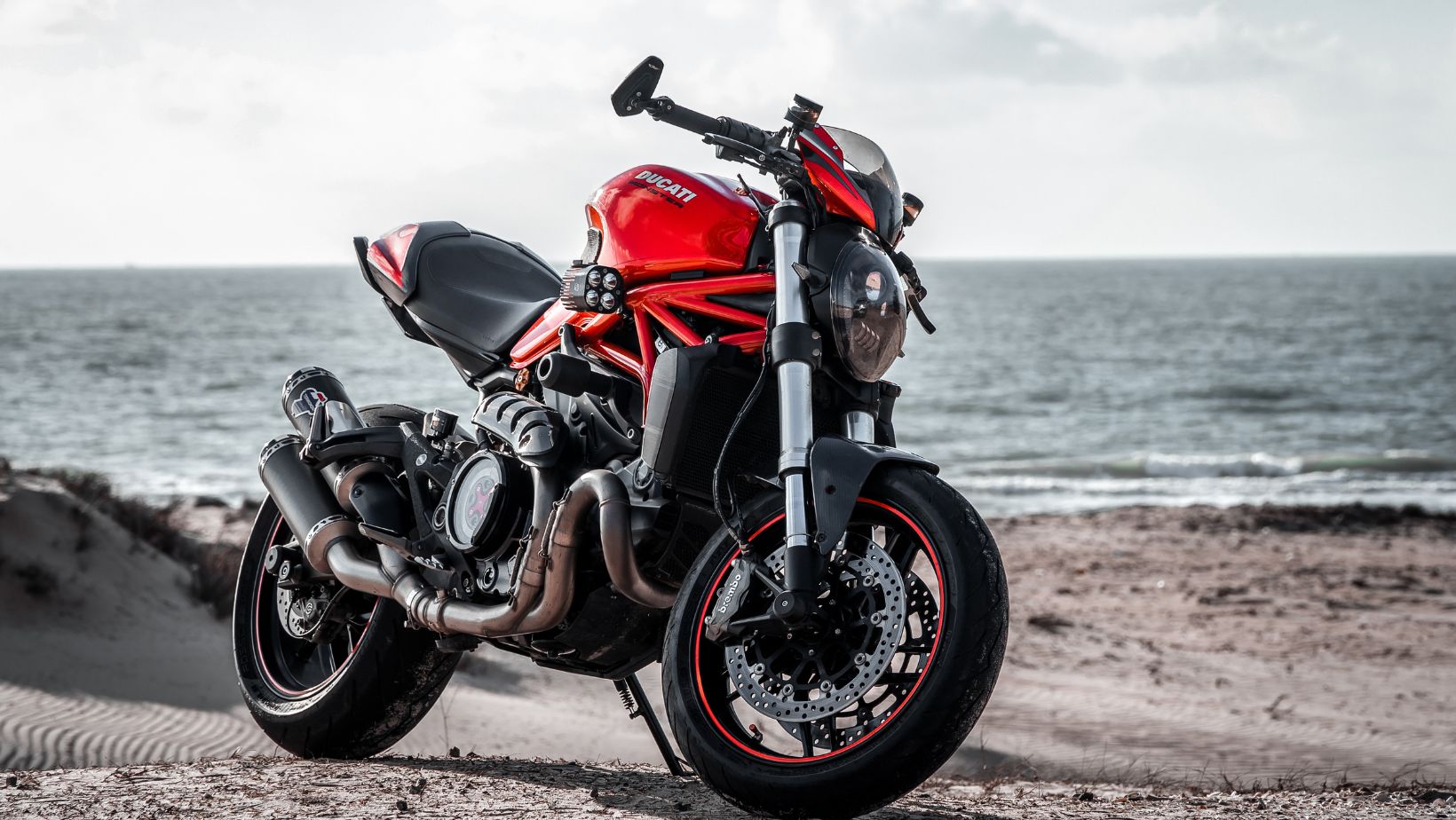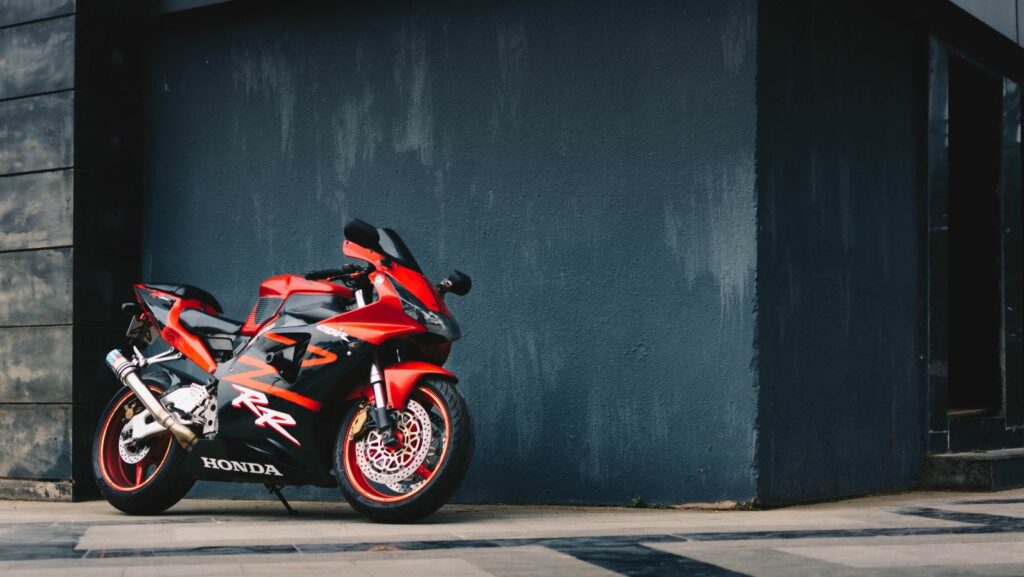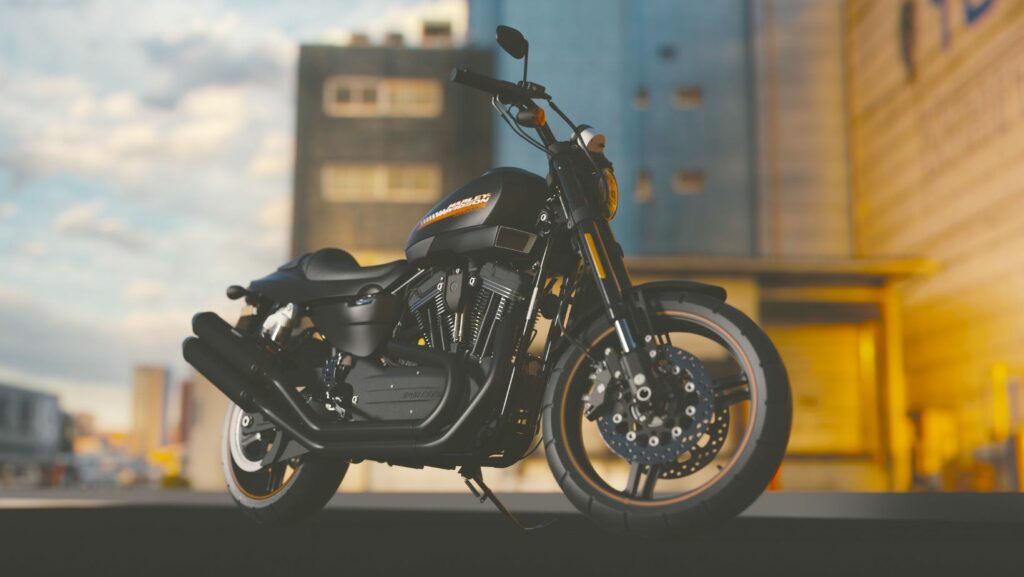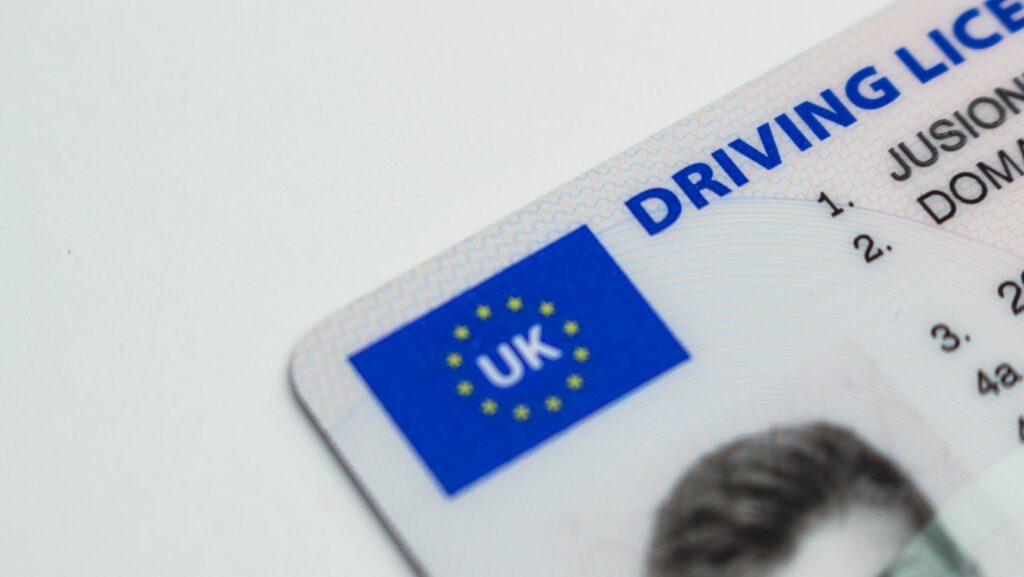
One notable feature of the 1972 Honda 350 is its powerful engine. Equipped with a four-stroke, twin-cylinder engine, this motorcycle delivers impressive horsepower and torque for its time. The smooth acceleration and responsive handling make it a joy to ride on both city streets and open highways.
1972 Honda 350 Motorcycle
The year was 1968 when Honda unveiled its revolutionary CB350, also known as the Honda 350. This iconic motorcycle marked a significant milestone for Honda and the motorcycle industry as a whole. It quickly gained popularity among riders for its unique blend of power, reliability, and affordability.
Honda recognized the growing demand for smaller displacement motorcycles that offered both performance and practicality. The CB350 was designed to bridge this gap by providing an ideal balance between power and ease of use. With its lightweight frame and nimble handling, it became an instant hit among riders looking for a versatile machine.
Design and Features of the 1972 Honda 350
In terms of design, the 1972 Honda 350 showcased a timeless aesthetic that still turns heads today. Its streamlined bodywork featured clean lines and a sleek silhouette, capturing the essence of classic motorcycles from that era. The bike’s chrome accents added a touch of elegance while enhancing its overall appeal.
One notable feature of the 1972 Honda 350 was its electric starter, which provided convenience to riders who no longer had to rely solely on kickstarting their bikes. Additionally, it boasted an advanced dual overhead camshaft (DOHC) engine configuration that delivered impressive performance at higher RPMs.
Performance and Popularity of the Honda 350
The performance capabilities of the Honda 350 were truly remarkable for its time. Equipped with a reliable four-stroke parallel-twin engine, it produced around 36 horsepower – more than enough to cruise comfortably on highways or navigate city streets with ease. Its smooth power delivery made it an enjoyable ride for both experienced bikers and novices alike.

Technical Specifications of the 1972 Honda 350 Motorcycle
Engine Specifications
The 1972 Honda 350 motorcycle boasts an impressive engine that was designed to deliver power and performance. With a displacement of 325cc, this bike offers a balance between power and efficiency. The engine is an air-cooled, four-stroke twin cylinder, providing smooth and reliable operation.
To optimize fuel combustion, the Honda 350 features dual carburetors. This allows for precise fuel mixture control, ensuring efficient performance at various speeds. The compression ratio stands at a respectable 9:1, striking a balance between power output and durability.
Chassis and Suspension Details
The chassis of the 1972 Honda 350 motorcycle is engineered to offer stability and maneuverability. It features a tubular steel frame that provides strength while keeping the weight low. This design enhances handling capabilities on different terrains.
Equipped with telescopic front forks and dual rear shocks, the suspension system ensures a smooth ride even on rough surfaces. The front forks have ample travel to absorb bumps effectively while maintaining control over the motorcycle’s steering response.
Electrical System Features
The electrical system of the 1972 Honda 350 motorcycle includes essential components aimed at enhancing functionality and convenience for riders. It features a powerful alternator that generates sufficient electrical power to support lighting systems, ignition systems, as well as charging the battery.
For improved visibility during night rides or adverse weather conditions, the Honda 350 is equipped with bright headlights and taillights. The electrical system also includes turn signals to ensure safe and clear communication of intentions while on the road.



